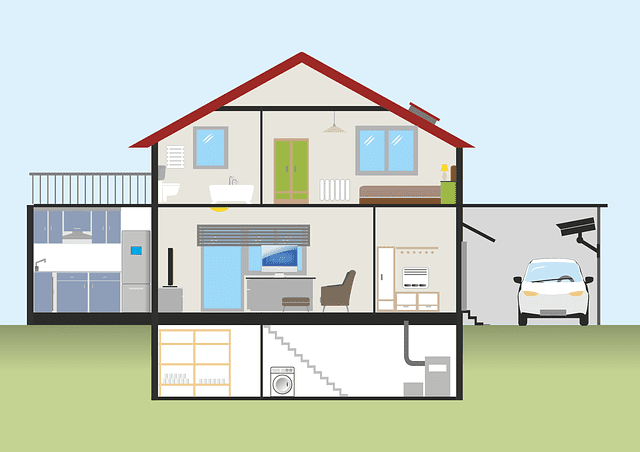Creating a safe and secure environment for your children is essential to any parent. As children grow and explore, it is important to take the necessary steps to make sure your home is childproofed and your children are safe.
Childproofing your home does not have to be an intimidating task. With the right knowledge and supplies, you can make your home a safe haven for your family.
Here are 10 ways to get you started today.
10 suggestions to childproof your home
1. Move potentially dangerous items, such as cleaning products and medications to high shelves and out of reach.
2. Secure heavy furniture, like bookcases and dressers, to the wall with anti-tip kits.
3. Cover any electrical outlets with outlet covers.
4. Install safety gates at the top and bottom of stairs. Make sure that they fit the width of your staircaseand are secure.
5. Add a door latch lock on doors leading out of the house that are out of reach of your kids. These are typically brass or chrome and can be installed at an adult height so that even if your child unlocks the door, they can’t open it.
6. Install window guards and safety locks on upper-level windows. Modern home security systems also come with voice sensors that alert you when a door or window has been opened.
7. Install locks on cabinets and drawers containing hazardous items. This prevents a child from opening them.
8. Place knob covers on doors and on cupboard handles. Plastic knobs are designed so that only an adult with larger hands can grip it and open the door.
9. Install smoke and carbon monoxide detectors, and check the batteries regularly.
10. Place corner and edge bumpers on sharp furniture edges.
Another important and easy to do task: Adding cameras inside the home, not only for security purposes, but also to keep an eye on your kids. Whether it’s a baby having a nap or a toddler playing in a room, you can find a cost-effective option to keep an eye on your child often with a mobile phone app.
Summary
Childproofing your home is an important step in ensuring the safety of your children. There are several key areas of the home that should be addressed when childproofing, including stairways, electrical outlets, and cabinets and drawers containing potentially dangerous items. Safety gates should be installed at the top and bottom of stairways to prevent falls, and outlet covers should be used to protect against electrical shocks. Cabinets and drawers containing items such as cleaning supplies or medications should be locked to prevent children from accessing them.
Another important aspect of childproofing is securing heavy furniture, such as bookshelves and dressers, to walls to prevent them from tipping over. Windows should also be secured with window guards to prevent falls. Smoke and carbon monoxide detectors should be installed throughout the home and tested regularly to ensure they are functioning properly.
Other important steps in childproofing the home include keeping sharp objects, such as knives and scissors, out of reach, and using child-proofing locks on doors leading to the outside of the home, such as the front and back doors. Additionally, it is important to keep any poisonous plants out of reach, and all medications and vitamins should be kept in a locked cabinet or drawer.
Overall, childproofing your home is a process that requires attention to detail and a thorough understanding of the potential hazards that can be present in the home. By taking the time to properly childproof your home, you can ensure the safety and well-being of your children, while also giving yourself peace of mind.


